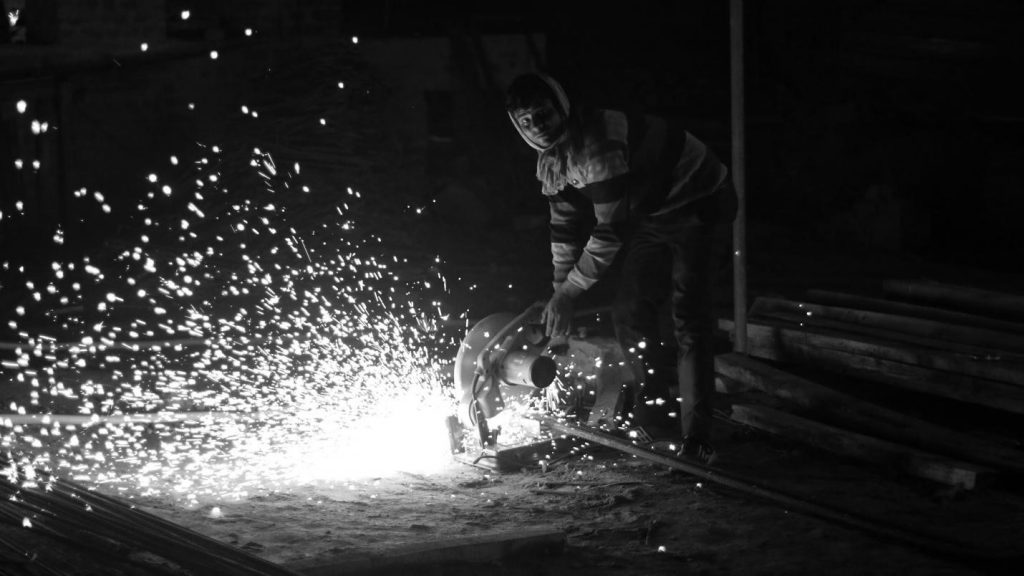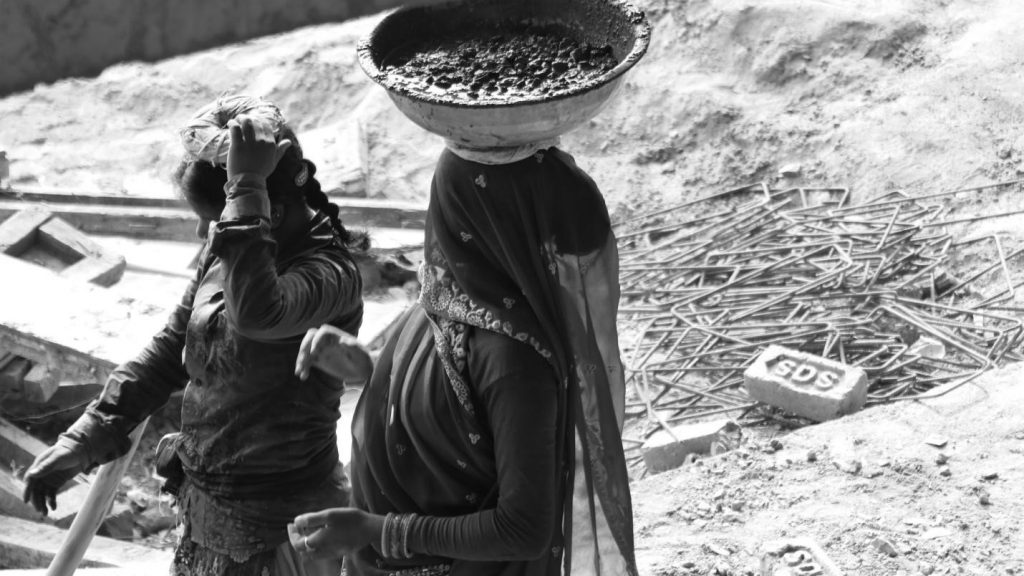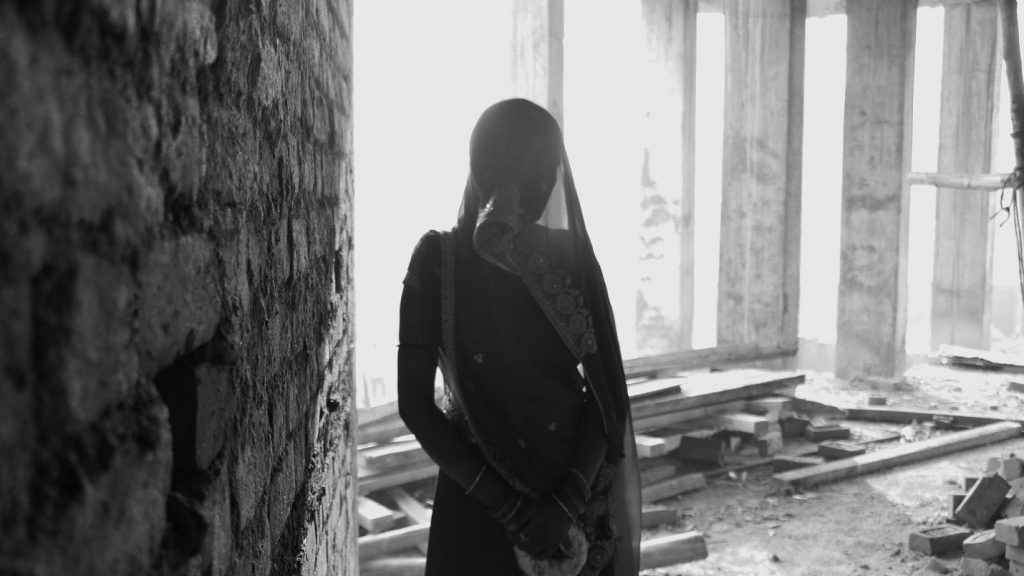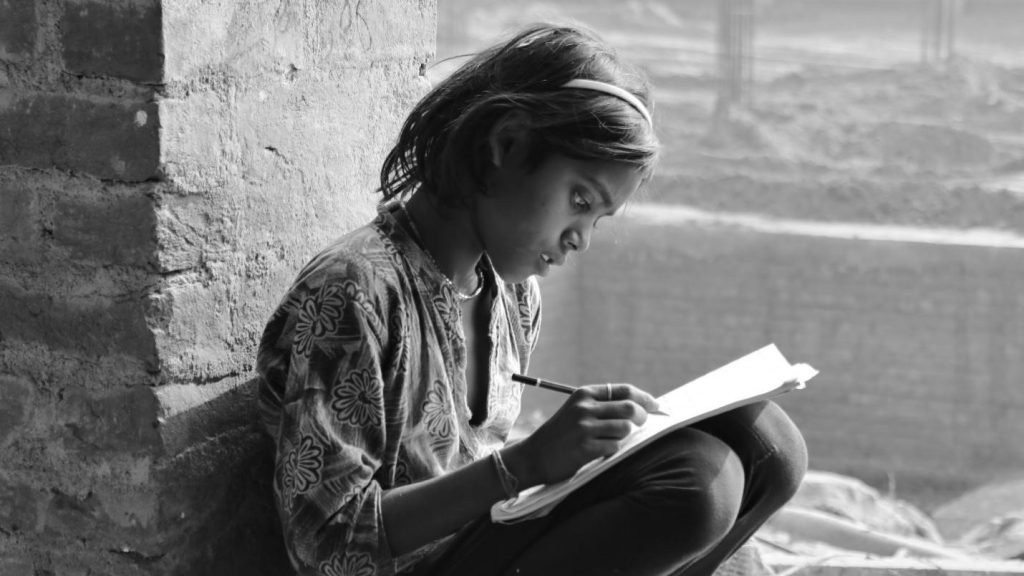The lockdown brought forth images of the travails of migrant workers as they sought to go home during the pandemic. It also highlighted the tremendous contribution they make to our homes, cities, and nation, even as we, as a society, abandoned them in their time of need.
What has been missing in all this is conversation around their everyday lives, before the crisis. Needless to say, the living and working conditions of these migrant workers and their families are harsh, and exploitation is rampant, especially in the construction sector.
On a visit to Lucknow in the winter of 2019, I had the opportunity to interact with a group of migrant workers at a construction site for a week. There were two groups—one comprising young and old men who were migrants from Bareilly and Gorakhpur, and the other a group of four families from the areas around Panna National Park in Madhya Pradesh.
This photo essay is an attempt to capture their daily life, and a reminder to an apathetic system to include our workers in its imagination and policies to avoid a COVID-19 like exodus again.

The first group of construction workers had migrated to Lucknow from Bareilly and Gorakhpur, in search of employment.

Work on the site involved a range of activities. Here they are seen on-site, casting the roof of the building under construction.

These workers weren’t provided any safety equipment such as shoes, gloves, or helmets. In fact, despite it being peak winter, they did not have warm clothes.

The men live on site in make-shift arrangements, most often working between 12-16 hours a day, sometimes even till midnight. The lack of proper accommodation on-site means that the contractors can call upon them to work at all times, and for long hours, to ensure completion of projects.

As night falls, they take a break to prepare dinner.

In the case of the families comprising women and children, entire lives were lived within the premises of the construction site.

Women do most of the digging, lifting and transporting material kind of work, including carrying cement for brick laying.

Married women working at the sites are expected to cover their heads in the presence of their fathers-in-law. This affects their vision, especially at night, making them vulnerable to injuries and accidents.

Apart from working on the construction site, the responsibility of taking care of the families also falls upon women. They are the first to wake up at four in the morning to cook and complete the other chores.

There is no creche for the children in these families. They play in and around the worksite and are extremely vulnerable to accidents.

Sharmili is 12 years old and has never been to school. When her mother is working, she takes care of her younger siblings. She also teaches them alphabets and numbers, which are the only things she knows. Occasionally, site supervisors teach all the children in the evenings.

The next day, a brick fell on Sharmili from the first floor of the under-construction building and broke her head.

The cities built on the hard labour of migrant workers have so far failed to meet even their basic needs. The current pandemic serves as an important reminder to address the exclusion and discrimination of these migrants and work towards removing their cloak of invisibility.
—
Know more
- Learn more about labour and migration in India, and explore the Interstate Migrant Policy Index 2019.
- Read about how the COVID-19 pandemic has exposed India’s apathy towards migrant workers.
- Read these personal accounts of migrant workers who could not make it back home during the lockdown.
Do more
- Support nonprofits and other organisations providing monetary support, food, medicines, and more to vulnerable communities, including migrants.





